1. The World Was Shocked – What Were the Kamikaze Pilots?
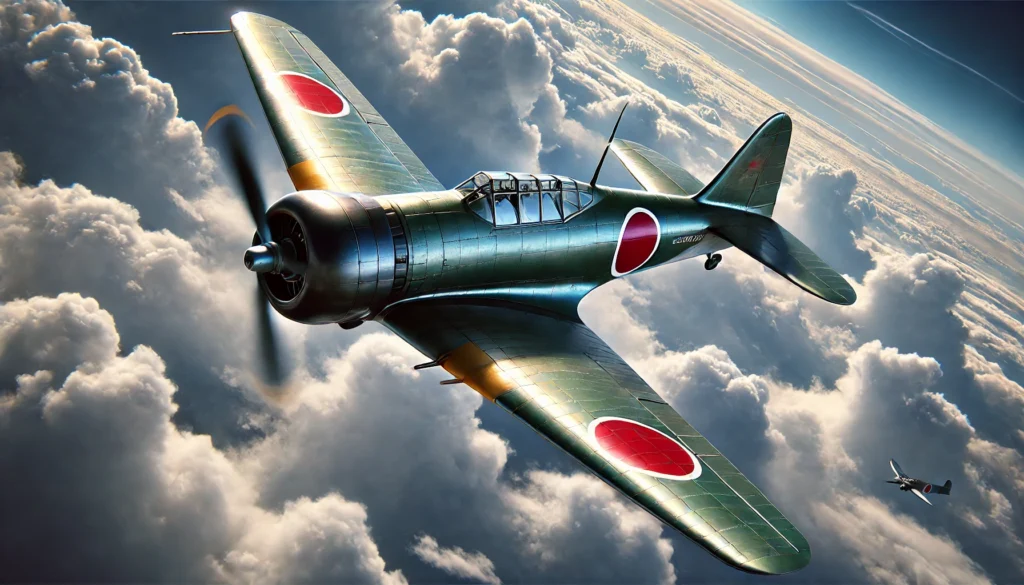
When you hear the word “Kamikaze,” what comes to mind?
For many foreigners, it’s associated with suicide attacks or fanatical warfare. But behind this word lies a deep and complex reality — one shaped by Japan’s wartime culture, national ideology, and the tragic fate of its young men.
The “Kamikaze” (神風, meaning “divine wind”) refers to a special unit of the Japanese military during the final stages of World War II. These pilots deliberately crashed their bomb-laden planes into enemy warships, fully aware they would not return alive.
The idea of state-organized suicide attacks is almost unthinkable today. So how and why did this happen? To understand the Kamikaze, we must look into the desperate situation Japan faced, the mindset of its leaders, and the cultural background of that time.
2. The Empire Under Siege – The Birth of the Kamikaze Strategy
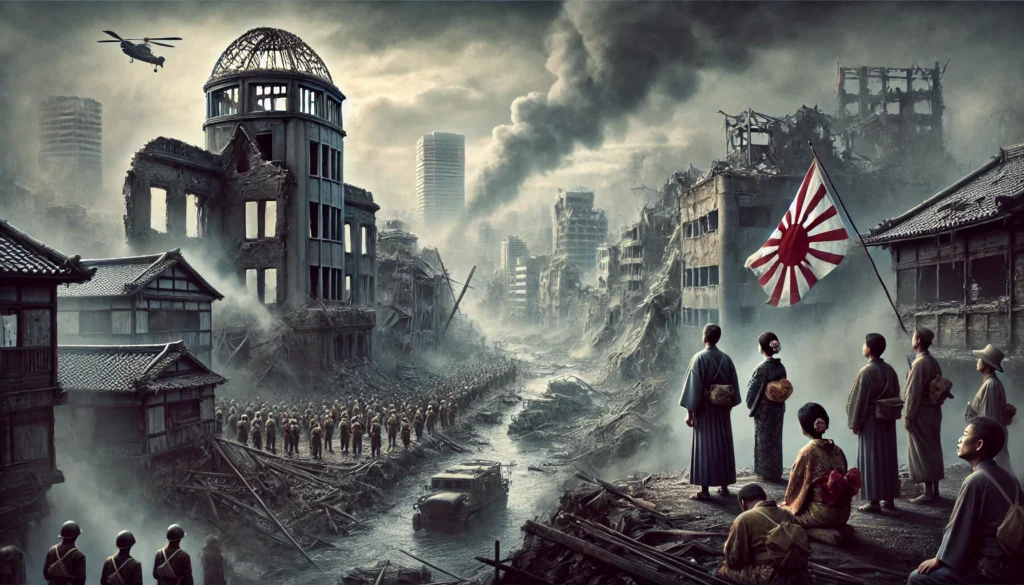
By 1944, Japan was clearly losing the war. The U.S. and its allies had captured key islands in the Pacific, launched devastating air raids on Japanese cities, and destroyed much of Japan’s navy and air force. Defeat seemed inevitable.
In this desperate state, the Japanese military devised a shocking strategy: if they lacked the firepower to defeat the U.S., they would rely on human lives. One pilot crashing into one ship — that was the idea behind the Kamikaze.
The man who proposed this plan was Vice Admiral Takijirō Ōnishi. He believed that suicide attacks could buy time, damage American forces, and restore morale among Japan’s troops. The first official Kamikaze missions were launched during the Battle of Leyte Gulf in October 1944, and the initial success led the military to expand the operation.
What began as a desperate gamble soon became standard military policy — and thousands of young men were sent on one-way missions.
3. The Harsh Reality – Was It Really “Voluntary”?
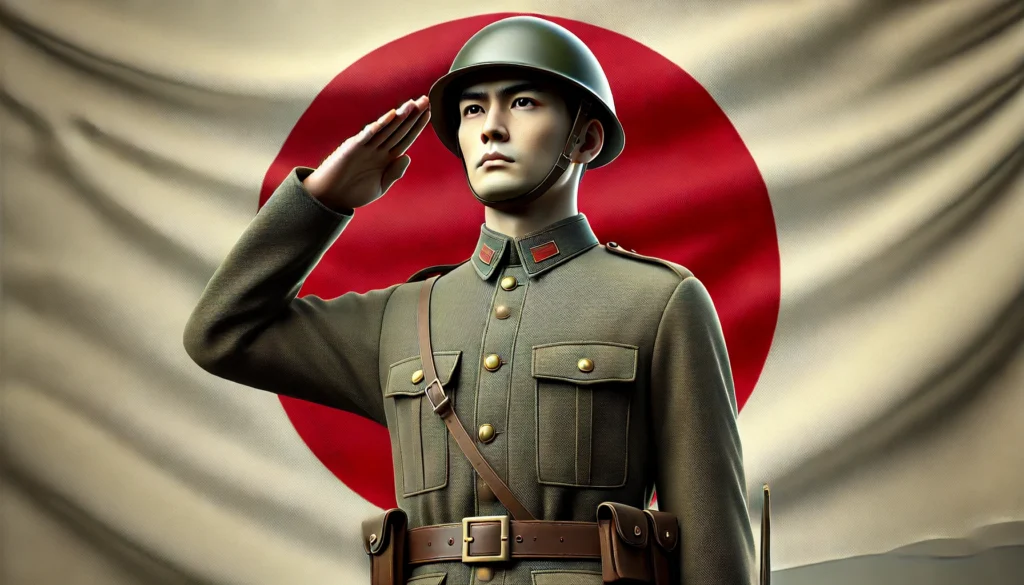
The Japanese government insisted that Kamikaze pilots were volunteers, but the truth is more complicated.
While pilots were officially “asked” to volunteer, refusing was nearly impossible. The social pressure, the fear of being labeled a coward, and the military’s authoritarian system made it a decision in name only.
Most of these pilots were teenagers or in their early 20s — students who had barely begun their adult lives. They were told their deaths would protect their families and honor their country.
Before their missions, many wrote farewell letters or poems to their parents. Some photos show them smiling before takeoff — but behind those smiles were fear, sadness, and resignation.
One surviving pilot later said:
“If I hadn’t volunteered, I would’ve been treated like a traitor. I didn’t want to die — but I had no choice.”
These were not men eager to die. They were boys who saw no other path.
4. Tactical Effectiveness – Was It Worth the Cost?
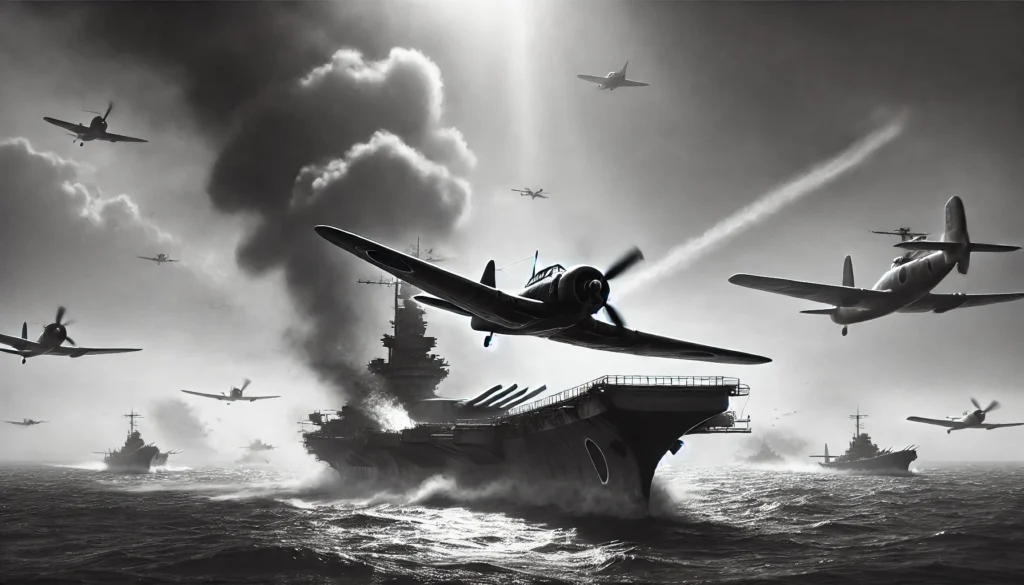
The Kamikaze attacks did cause damage. Several U.S. warships were sunk or severely damaged, and many American soldiers died as a result. The psychological impact was also significant — the fear of an enemy who would rather die than surrender was intense.
However, this effectiveness didn’t last.
As the U.S. adapted, they improved their defense systems. Many Kamikaze pilots were shot down before reaching their targets. Some never even made it due to fuel shortages or mechanical failure.
In total, around 4,000 pilots died in Kamikaze missions. As the war dragged on, the strategy brought diminishing returns — it was no longer a “successful tactic” but a tragic waste of life.
5. Cultural Background – Why Was “Dying” Considered Noble?
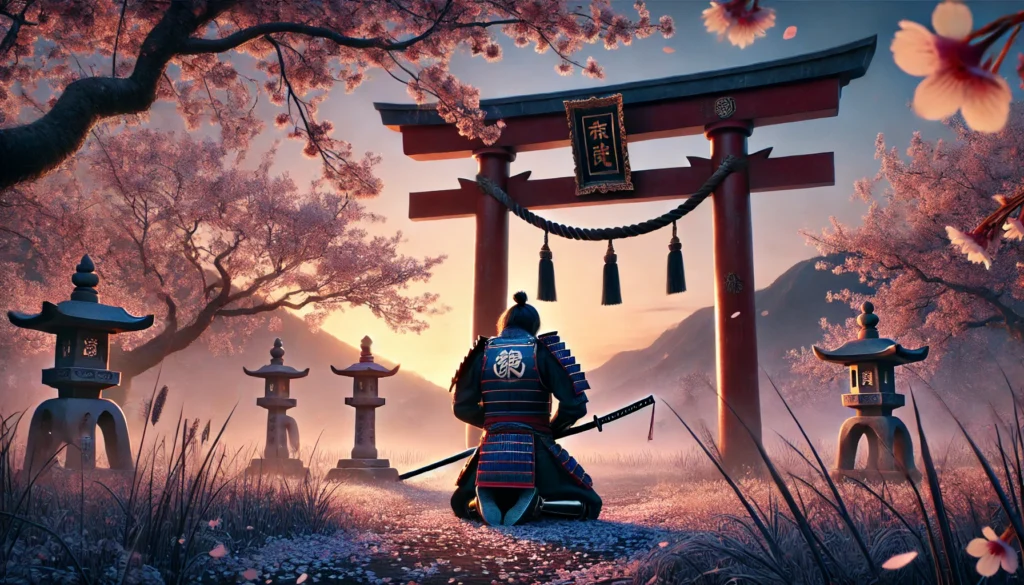
To understand why Japan chose such a strategy, we must look at its cultural and spiritual roots.
For centuries, Japan was influenced by Bushidō, the “way of the warrior,” which taught that loyalty and honor were worth more than life. In this code, dying for one’s lord or cause was not only acceptable — it was virtuous.
During WWII, this idea was expanded. The Emperor was considered a living god, and sacrificing oneself for him was seen as the highest form of loyalty. Propaganda reinforced these values, praising those who died as “martyrs for the nation.”
Unlike in many Christian societies where suicide is viewed as a sin, in wartime Japan, dying for the country was sanctified. This cultural difference helps explain why suicide missions were not only possible but glorified.
6. Were They Heroes or Victims?
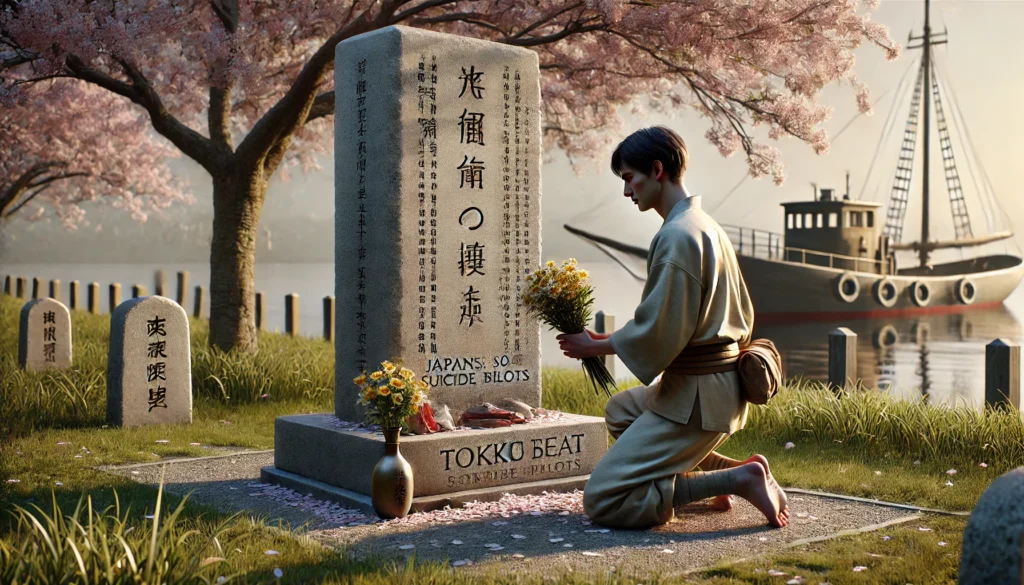
In the years after the war, Japanese society struggled with how to remember the Kamikaze.
Some view them as national heroes — brave young men who gave everything for their homeland. Others see them as tragic victims — lives sacrificed by a militaristic regime that manipulated patriotism.
Both views are valid.
The Kamikaze pilots were not madmen, nor were they simply “brainwashed.” They were individuals caught in an era where death was demanded, not chosen. They deserve to be remembered not just for how they died, but for the impossible position they were placed in.
7. The Memory Lives On – How Japan Remembers the Kamikaze

Chiran Peace Museum (Kagoshima, Japan)
Even today, Japan remembers the Kamikaze through memorials and museums. The most well-known is the Chiran Peace Museum for Kamikaze Pilots in Kagoshima Prefecture.
There, visitors can see the pilots’ final letters, personal belongings, and photos. Many foreigners who visit describe the experience as overwhelming — the youthful faces, the gentle handwriting, the love expressed in farewell letters — all reveal the humanity behind the headlines.
Modern literature and films, like The Eternal Zero, also explore this theme. These works help younger generations understand the emotional and historical context of the Kamikaze without glorifying the war.
8. Final Thoughts – What Can We Learn From This?
It’s easy to dismiss the Kamikaze as madness. But that would be a mistake.
They weren’t insane. They were products of a time when the state demanded ultimate sacrifice. They were young, afraid, and often unwilling — but still they flew, because they believed they had no other choice.
Their story challenges us to ask difficult questions:
“If I had been in their place, what would I have done?”
There is no easy answer. But asking the question — thinking deeply about the cost of war and the pressure of nationalism — is how we learn from history.
The Kamikaze pilots are not just a part of Japan’s past — they are a reminder to all humanity of the dangers of blind obedience, the power of ideology, and the preciousness of life.
Let us remember them not with judgment, but with understanding.
Recommended Articles




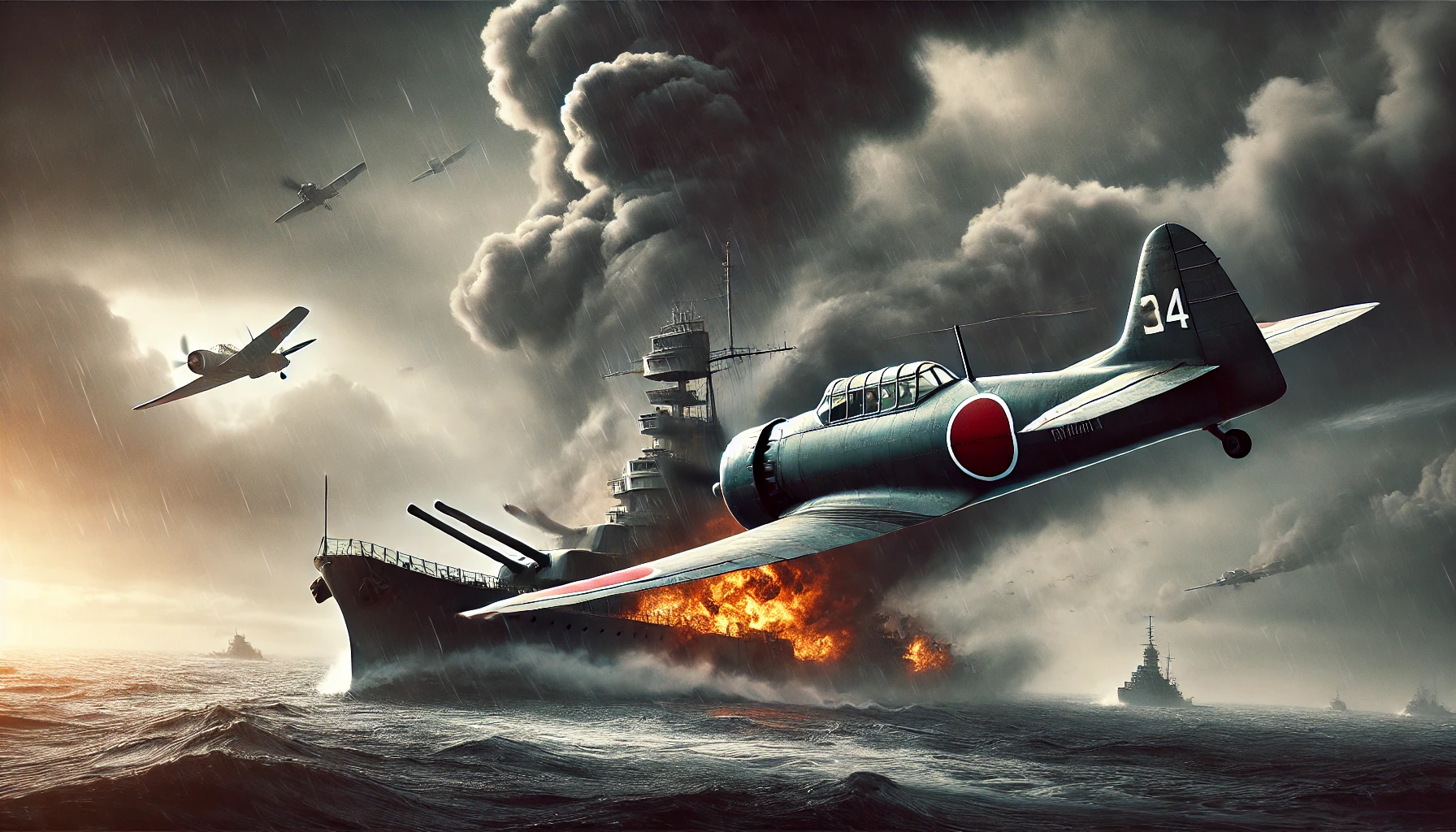


Comments